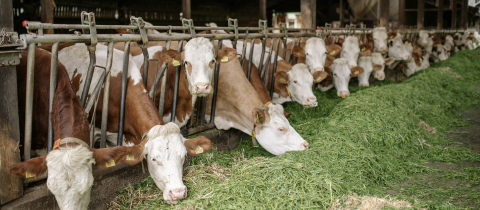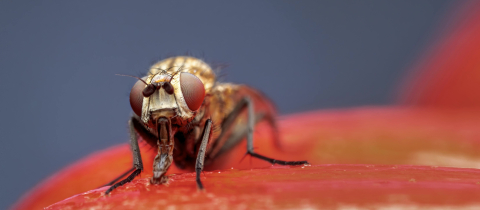Try asking people what they are more scared of, exposing food to nuclear radiation or eating food contaminated by E. coli, Listeria or Salmonella bacteria. It’s a safe bet that many would rather take their chances with bacterial food poisoning than with food irradiation. Too bad because food irradiation can reduce the risk of bacterial food poisoning, but public fear keeps the technology from being more widely applied than it currently is. And this fear is mostly irrational. The idea behind food irradiation is to destroy bacteria by exposing them to free radicals which are highly reactive and can interrupt cell division. The needed free radicals are generated by bombarding the food with gamma rays released from a cobalt-60 source. This does not make the food radioactive or dangerous in any way. Food irradiation technology has been around a longtime and today most of the spices, herbs and dried vegetables we import are treated in this fashion without any problem ever having appeared. The technique can be used to prevent sprouting in potatoes, extend the shelf life of strawberries and reduce insect infestation in mangoes and papayas.
The real potential benefit, though, would be in treating fresh and frozen meat to reduce the risk of Salmonella, E. coli and Listeria poisoning. The latter is a serious concern with ready- to-eat meat products such as sausages, luncheon meats and cooked ham. In any case, anyone desiring to avoid irradiated foods could easily do so because by law such foods have to be labeled with the symbol known as the radura. Some anti-irradiation activists claim that exposing foods to gamma rays destroys nutrients and gives rise to what they call unique “radiolytic products” of unknown toxicity. Gamma rays from cobalt-60 can destroy some of the A,C,E, and B vitamins but under the conditions used this effect is very small. True, on exposure to irradiation chemical bonds are broken and new molecules can form. Most have not been identified and tested but formaldehyde does form in irradiated starch, benzene in meat, peroxides in plant tissues and formic acid in sucrose. All such radiolytic products total no more than 30 ppm. There is more benzene in non-irradiated dairy products than in meat that has been irradiated. Countries such as Israel use irradiation on a large scale and no problems have been noted. In fact, some studies have shown that irradiation increases the concentration of some beneficial substances such as flavanols in citrus fruits. The one realistic concern with food irradiation concerns the cobalt-60 source. This has to be transported to the irradiation facility and in theory accidents can happen along the way. But current methods of transporting radioactive materials are very sophisticated and accidental release of radiation is extremely unlikely.
Nobody has ever been killed by exposure to gamma rays from a cobalt-60 source used in food irradiation. But people die all the time from food poisoning that is preventable by this technology. We just need to put our worries in the proper perspective. One anti-irradiation advocate was heard to say: “When I shop, I seek mold as a confirmation that the food I am buying is not irradiated.” What silliness. Needless to say, some moulds are highly toxic.







